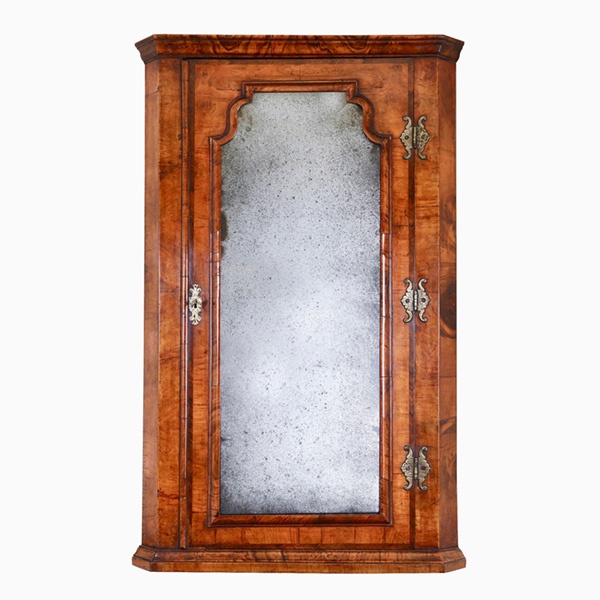Early 19th Century High Regency Brass Snake Doorstop
£1,100
Request Information
Follow Us
Early 19th Century High Regency Brass Snake Doorstop
A high Regency solid brass bell-shaped doorstop with snake handle, from the reign of George IV, Circa 1770. England
The handle depicts a coiled snake and joins the twisted-column down to the lead-weighted bell-shaped base.
Examples such as this are extremely rare and do not often come onto the market.
Provenance – Ston Easton Park. An English country house built in the 18th century. It lies near the village of Ston Easton, Somerset. It is a Grade I listed building and the grounds are listed Grade II on the Register of Historic Parks and Gardens.
The current house was built around 1750 to 1760 on the site of a Tudor building. The architect may have been Thomas Paty. It was occupied by the descendants of the commissioning owner, John Hippisley-Coxe, until 1956. Since then owners including William Rees-Mogg and Peter Smedley have been involved in restoring the house.
Lovely original country house condition with age patinated surfaces. Marks, dinks and knocks in line with age and daily use.
Condition
Good. Wear consistent with age and use.
Dimensions
Height: 17.72 in. (45 cm)
Width: 4.53 in. (11.5 cm)
Depth: 2.17 in. (5.5 cm)
PREVIOUSLY SOLD
No Results Found
The page you requested could not be found. Try refining your search, or use the navigation above to locate the post.
No Results Found
The page you requested could not be found. Try refining your search, or use the navigation above to locate the post.
YOU MAY ALSO LIKE

Queen Anne Walnut Corner Cupboard with Bevelled Mirror Plate
A truly remarkable find in original condition. To the door a shaped soft bevelled mirror plate is framed by a cross-grain molding of typical queen Anne design which is further cross-banded, feather-banded and edged to the opening with a single de-molding.

Queen Anne Walnut Corner Cupboard with Bevelled Mirror Plate
A truly remarkable find in original condition. To the door a shaped soft bevelled mirror plate is framed by a cross-grain molding of typical queen Anne design which is further cross-banded, feather-banded and edged to the opening with a single de-molding.






